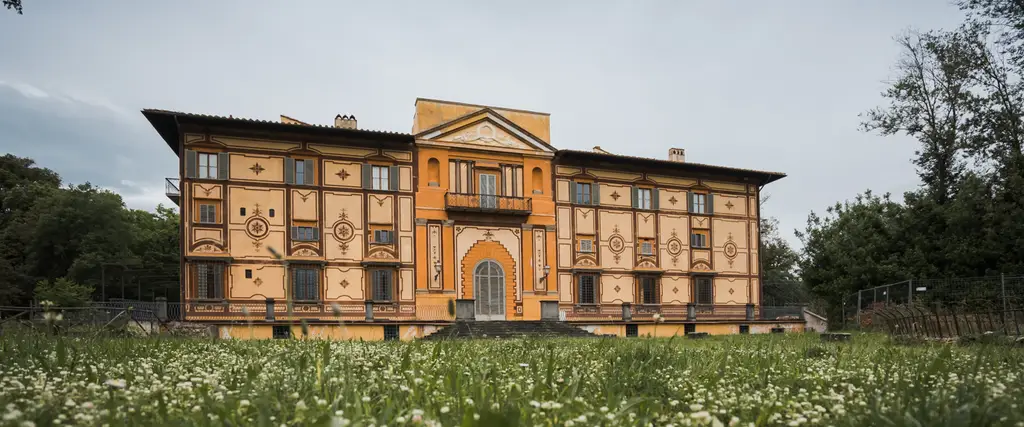
Villa Favard
Having bought the villa in the second half of the Nineteenth Century, Baroness Favard commissioned Giuseppe Poggi to carry out the works for the modernization and embellishment of the building and the garden. The architect designed a stable, a new access road on Via Aretina and the building of a chapel, later decorated with frescoes by Annibale Gatti and Giovanni Duprè.
The park was renovated according to the typical English-style plan and, besides a large number of native plants (oaks, holm oaks),several trees with an exotic taste were planted, including the cedars of Lebanon and magnolias.
Two greenhouses made of iron and glass were built to give shelter to lemon trees and tropical plants.
When Banoness Favard died (1889), a period of decay began, which reached its climax when the German troops occupied the villa during the Second World War. In the Seventies, the opening of Via Rocca Tedalda and the splitting up of the entire property definitively altered its original structure, separating the villa from the large access road on Via Aretina , from the patrician villa and from the park.
Comune di Firenze
Useful information
For more infromation about opening hours and visits of the park, please contact the villa